Back Braces Manufacturer
Wecare Sport Brace Manufacturer specializes in producing back brace and has been in operation for 7 years. Their products have design patents and most have CE and ISO certificates, which have passed the test on AZO free, Skin Irritation test, and other relevant tests. They constantly test their products to ensure the best possible results for the widest range of conditions.
Why Us?
Wecare offers OEM and ODM orders and is committed to providing the highest level of security and customer satisfaction. They pay great attention to basic management, stable quality, continuously improving pre-sale, sale and after-sale services, and enhancing the market competitiveness of their products. Customers worldwide are welcome to contact them for mutual development and benefits.
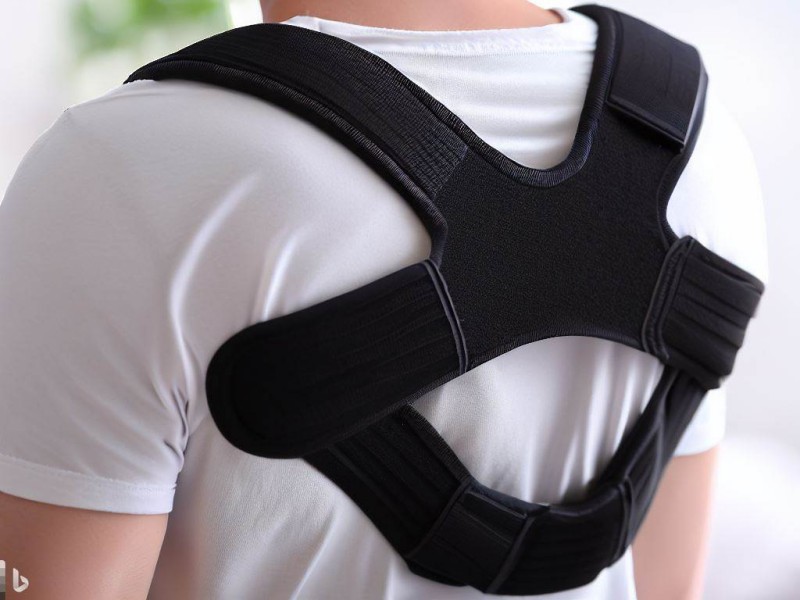
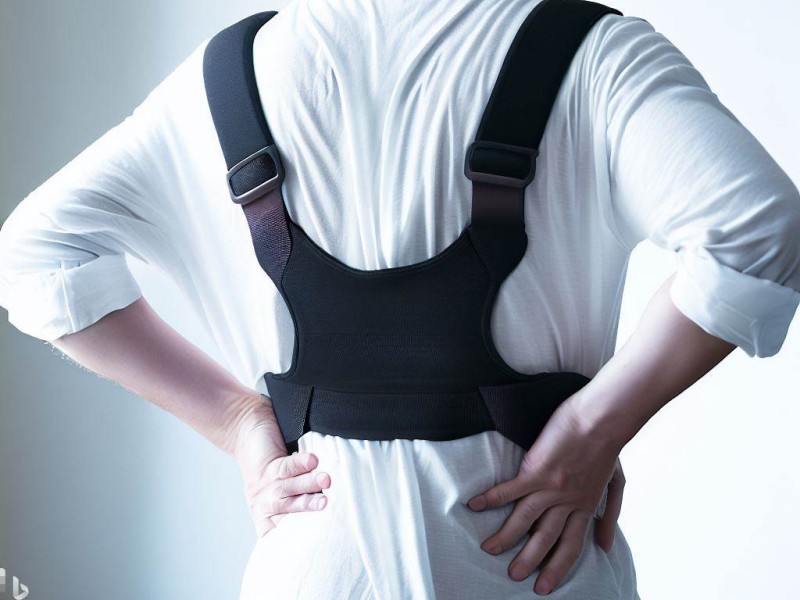
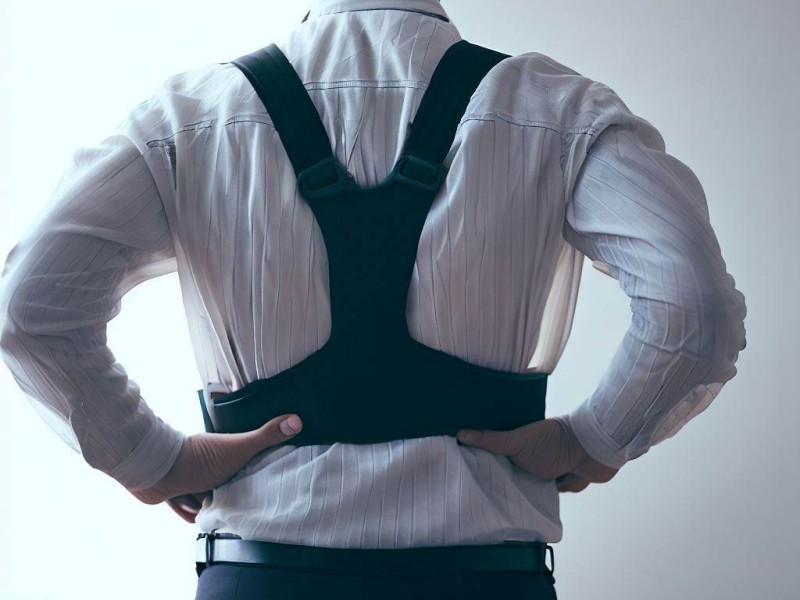
Wecare provides users with better back support, both male and female back posture correctors provide support for your lumbar area without making your armpits feel constricted, thus better improving your posture.
Advantage:
• Premium Breathable Material
• Comfortable and Adjustable Ergonomic design
• Innovative Anti-tightening Design
• Four Powerful Back Support
_1692864586_WNo_500d500.jpg)
Andy. Purchase Manager.
We found Wecare on the internet, we custom made back supports for our clients at a lower price than other local competitors and the quality is also good.
_1692864601_WNo_500d500.jpg)
John Smith. CEO at Company.
The delivery time of sports braces is fast and the quality is also very good. The sports braces ordered from Wecare have received unanimous praise.
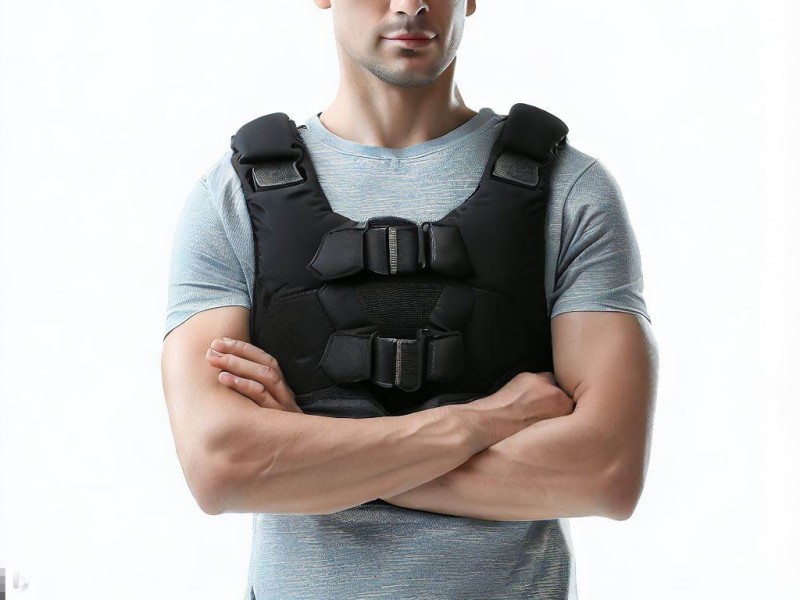
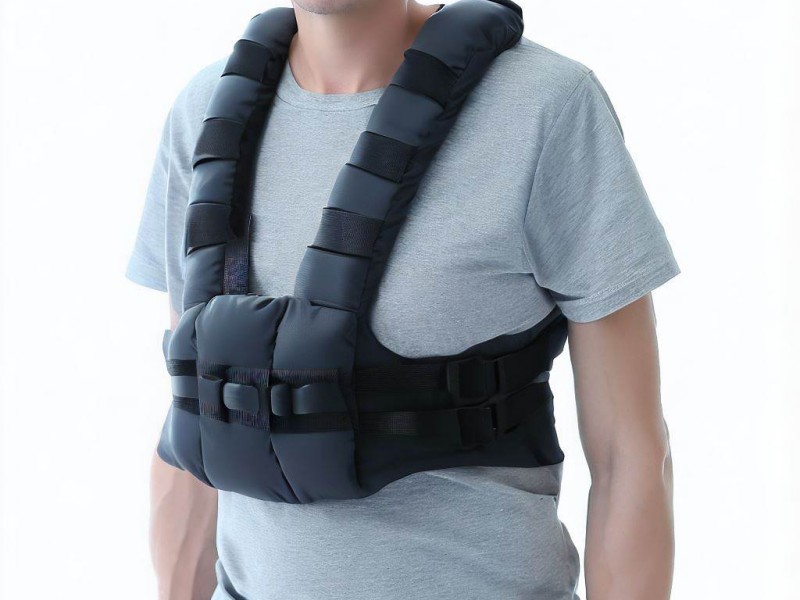
Wecare can also provide back support including sleeping back brace, back brace for back pain relief, copper back brace, etc. These help prevent the spine from moving too much during treatment and help fractures or injuries heal better. Wecare supports OEM service and provides different sizes for different patients.
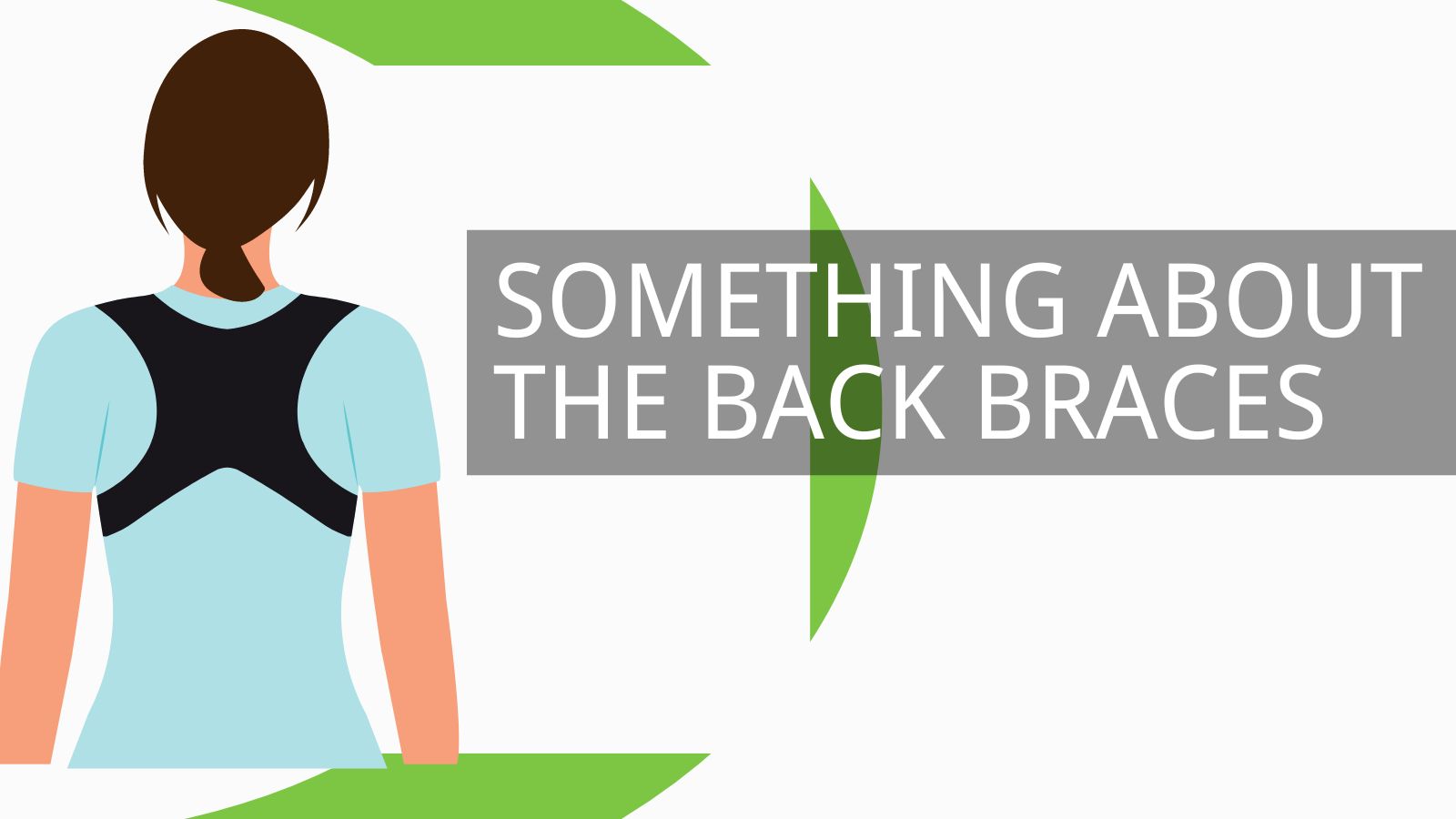
What are the advantages of a back braces?
There are many benefits to wearing a back brace. Some of the most common benefits include:
• Relieving pain and discomfort.
• Stabilizing the spine.
• Correcting poor posture.
• Preventing re-injury.
• Promoting healing.
What materials are back braces made of?
Back braces can be made from a variety of materials, depending on the type of brace and the severity of your back problem. Some of the most commonly used materials in back braces include:
Neoprene: Neoprene is flexible and comfortable to wear. It is often used in flexible back braces to provide support without restricting movement.
Cotton: Cotton is breathable and absorbent. It is often used in the lining of suspenders to help keep the wearer cool and dry.
Canvas: Canvas is a strong and durable fabric that is often used for rigid harnesses. It can provide more support than neoprene or cotton, but it's also less comfortable to wear.
Leather: Leather is a durable and long-lasting material that is often used for custom suspenders. It can provide great support, but it can also be hot and uncomfortable to wear.
Plastic: Plastic is often used to make back braces. It can be molded to fit an individual's body and can provide a lot of support.
What types of back braces can Wecare provide you?
Wecare can provide you with:
• Back Brace for Women
• Back Brace for Sleeping
• Back Brace for Work
• Back Brace for Scoliosis
• Copper Back Brace
Frequently asked questions about back braces:
Q: What is a back brace?
A: A back brace is a medical device that is worn around the torso to support the spine and relieve pain. It can be used to treat a variety of back problems, such as muscle strains, disc herniations, and chronic pain.
Q: When should I wear a back brace?
A: You should wear a back brace as directed by your doctor or physical therapist. In general, a back brace is worn for a few hours a day, but the specific amount of time will vary depending on your condition.
Q: How do I know if I need a back brace?
A: If you are experiencing back pain, you should see a doctor or physical therapist to determine if a back brace is right for you. They can help you assess your condition and recommend the best type of brace for your needs.
Q: What are the risks of wearing a back brace?
A: The risks of wearing a back brace are generally low. However, some people may experience skin irritation, chafing, or difficulty breathing while wearing a brace. If you experience any of these problems, you should talk to your doctor or physical therapist.
Q: How long can I wear a back brace?
A: The length of time you can wear a back brace will vary depending on your condition. In general, it is recommended to wear a back brace for as long as needed to relieve pain and discomfort and to prevent further injury. However, you should not wear a back brace for more than 24 hours a day.
Q: What are the different types of back braces?
A: There are many different types of back braces available, each designed to treat a specific type of back problem. Some of the most common types of back braces include:
• Lumbar braces: These braces are designed to support the lower back. They are often made of neoprene or canvas and can be either flexible or rigid.
• Thoracic braces: These braces are designed to support the upper back. They are often made of rigid materials, such as plastic or metal.
• Combination braces: These braces provide support to both the lower and upper back. They are often made of rigid materials and can be custom-made to fit the individual's body.
Q: How do I care for my back brace?
A: You should care for your back brace according to the manufacturer's instructions. In general, you should clean your brace with mild soap and water and air dry it. You should also avoid exposing your brace to extreme heat or cold.

